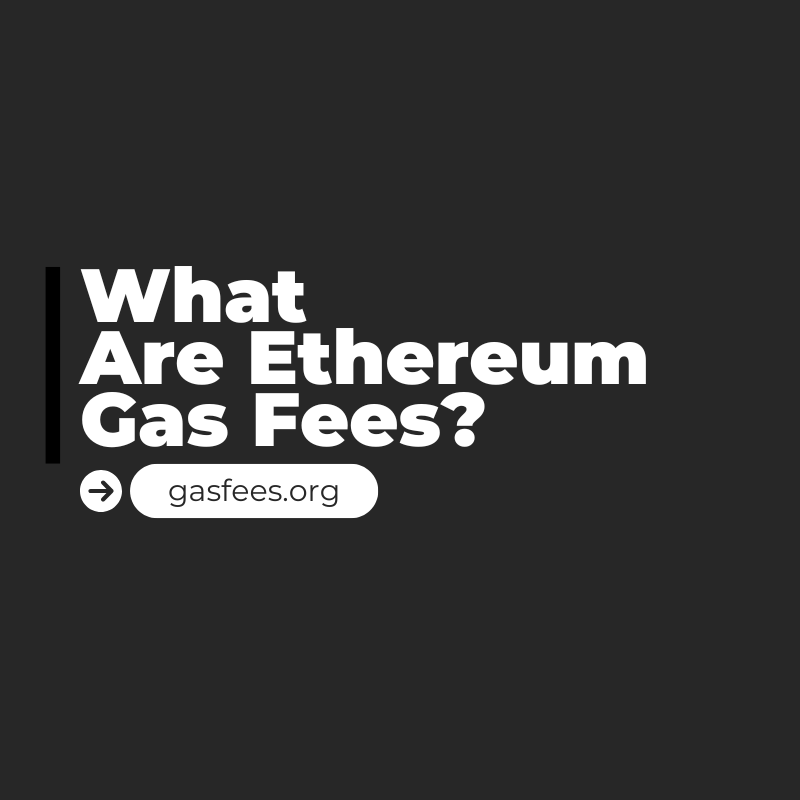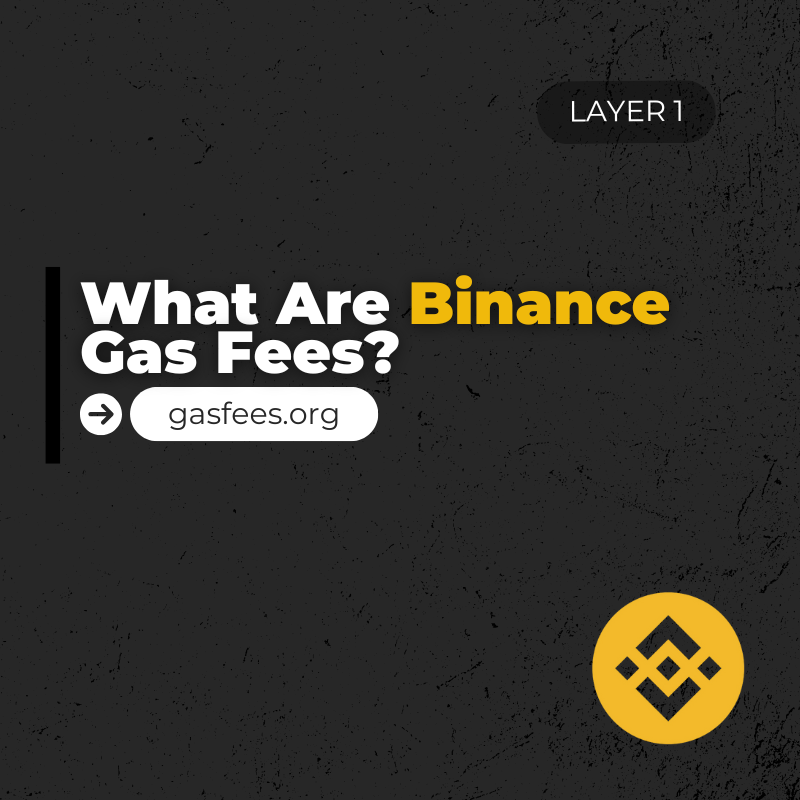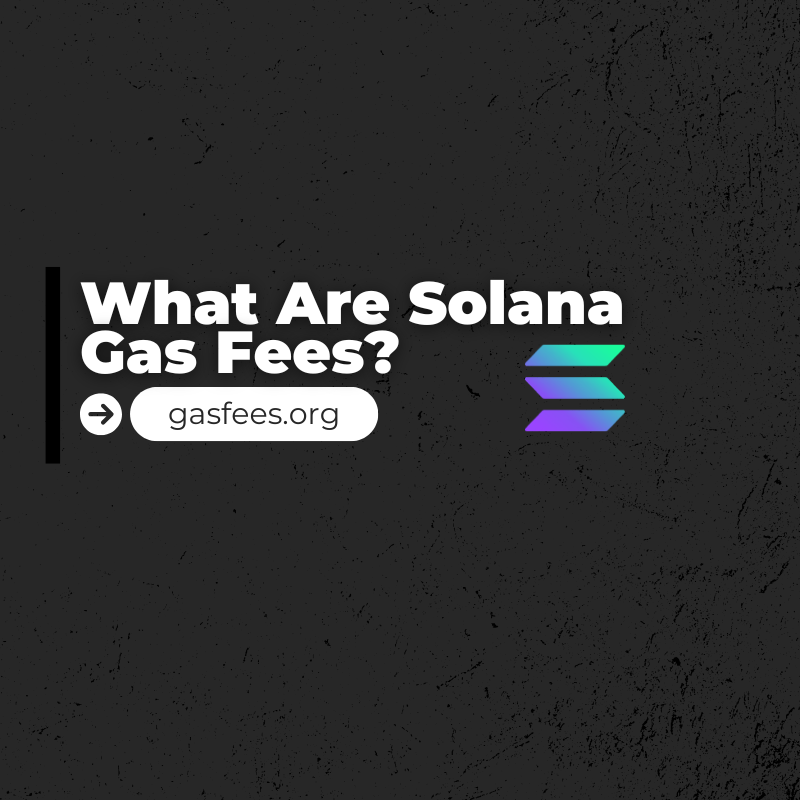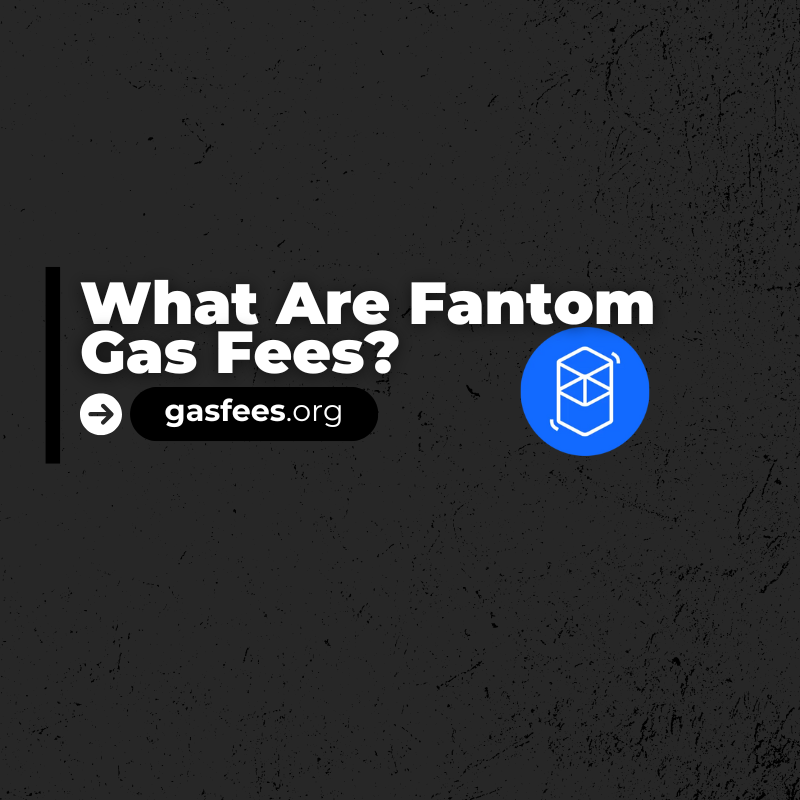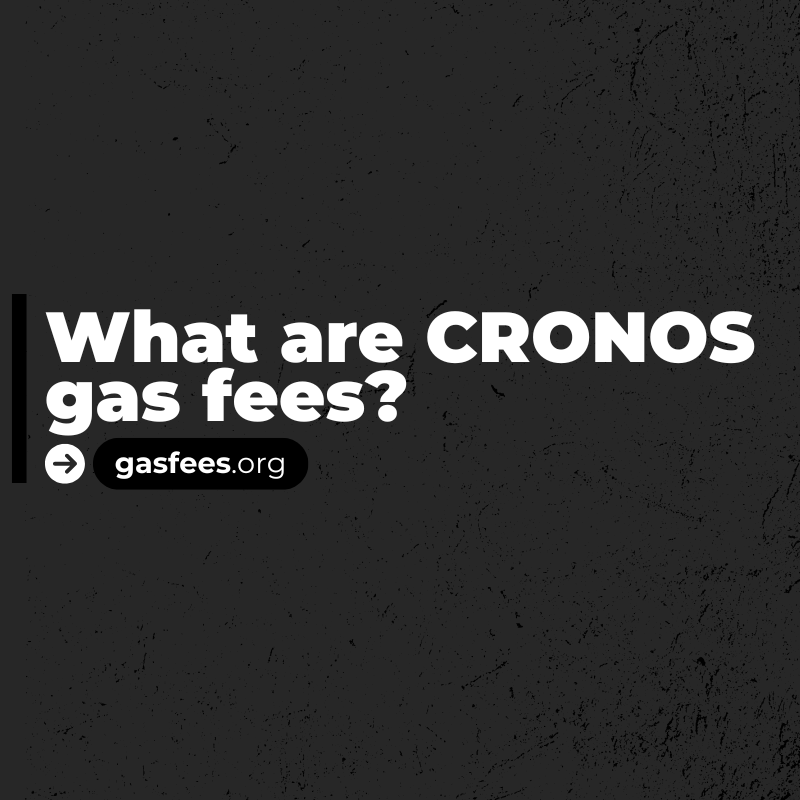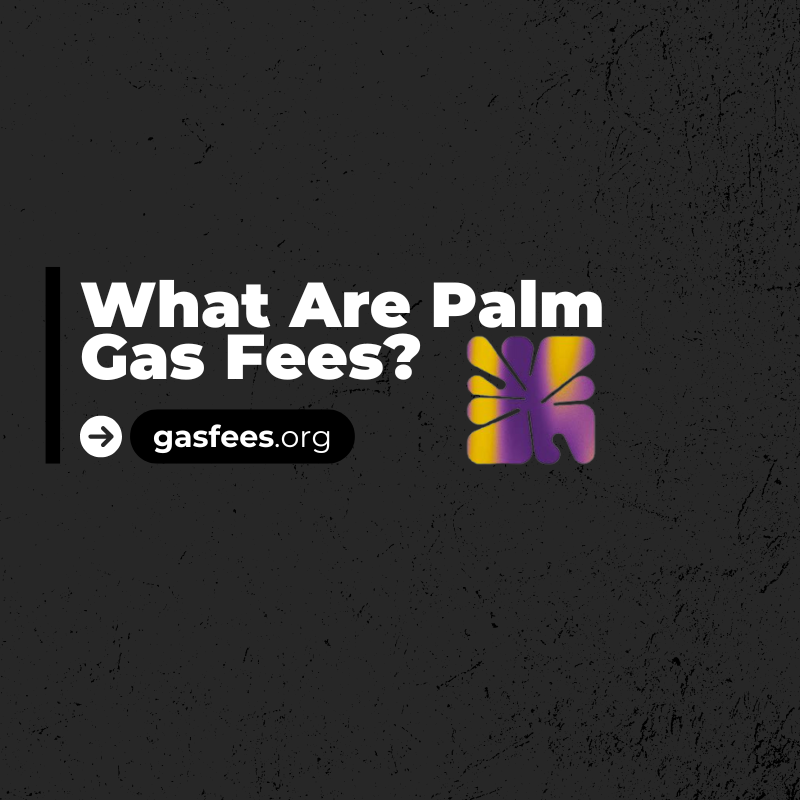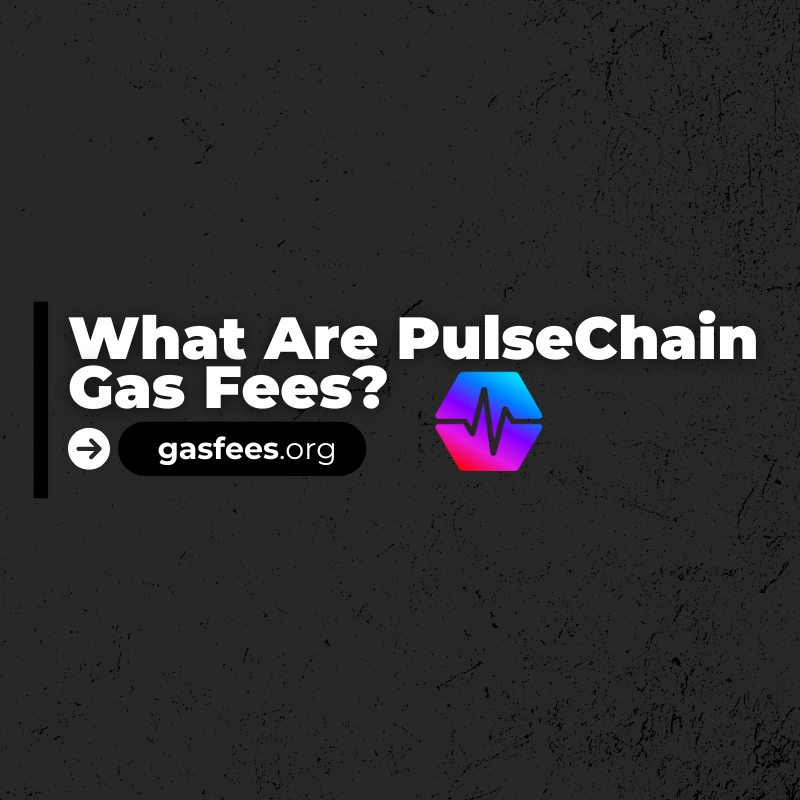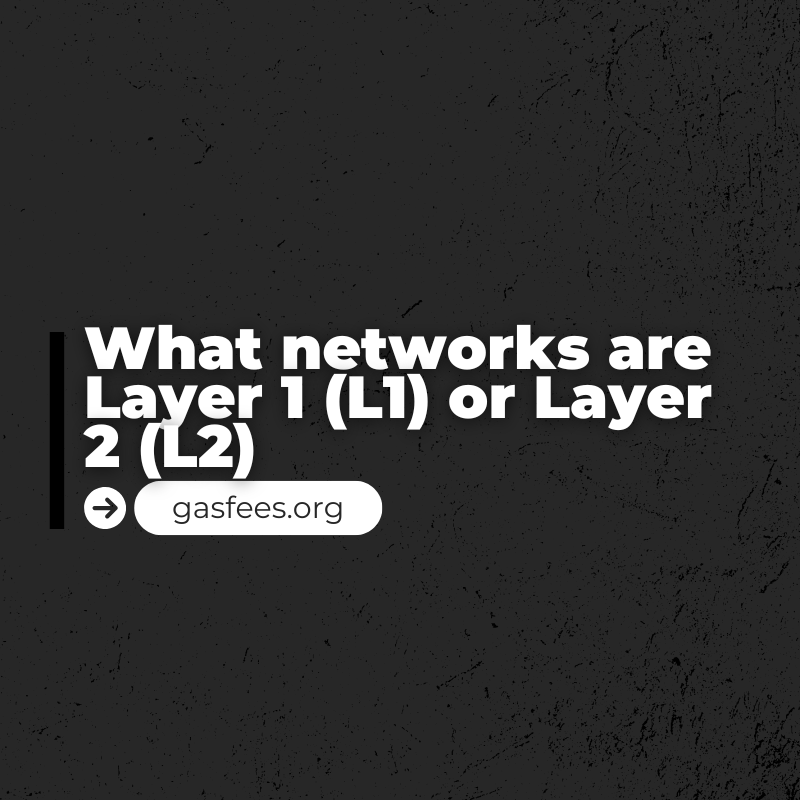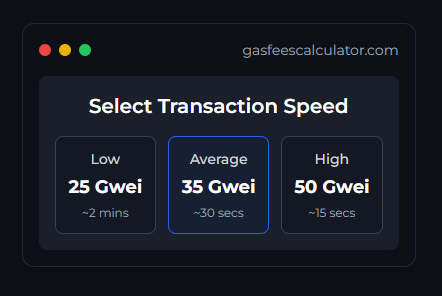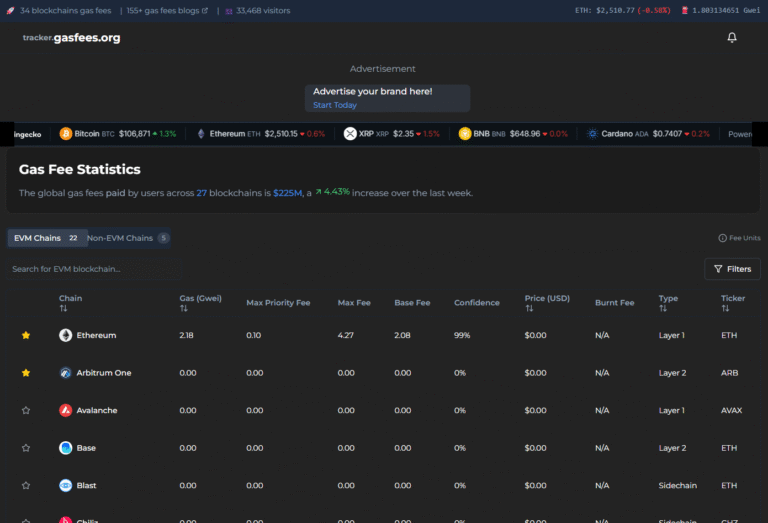
What are Osmosis gas fees?
Written By: Mr. GasMan
In the fast-changing world of blockchain and decentralized finance (DeFi), Osmosis has become a big name. It’s a decentralized exchange (DEX) on the Cosmos network that’s easy to use and full of features. To really use Osmosis well, you need to understand gas fees. This guide explains what they are, how they work, and why they matter.
What Is Osmosis?
Osmosis is a platform for trading different blockchain tokens. Built on the Cosmos network, it uses a special system called an Automated Market Maker (AMM) to let people swap tokens and provide liquidity (which means adding their tokens to pools to help others trade).
Why Are Gas Fees Important?
Gas fees are like a service charge you pay to get things done on a blockchain. On Osmosis, these fees are used to run the network smoothly. Let’s break it down:
-
Helping Transactions Happen: When you do something on Osmosis, like a token trade, you pay a gas fee. This fee motivates network validators (the people who check and approve transactions) to process your request quickly. Higher fees can make your transaction go faster.
-
Keeping the Network Safe: Gas fees also stop bad actors from messing with the network. If every transaction costs money, it’s harder for someone to spam the network with fake transactions.
-
Paying Validators: Validators get a part of the gas fees as payment for their work. This helps keep them interested in maintaining the network.
How Gas Fees Work
Gas fees on Osmosis depend on a few things:
-
Gas Price: This is what you’re willing to pay per unit of gas (the fee’s measuring stick). You can set this yourself. Higher gas prices can make your transaction go through faster.
-
Gas Limit: This is the maximum amount you’re willing to spend on gas. It protects you from unexpected costs if something goes wrong.
-
Network Traffic: If lots of people are using Osmosis, fees might go up because everyone’s competing for limited space. During quieter times, fees might be lower.
When Do You Pay Gas Fees?
Here are some examples of when you might need to pay gas fees on Osmosis:
-
Trading Tokens: When you trade one token for another, you pay a gas fee. How much you pay depends on the gas price, gas limit, and how busy the network is.
-
Providing Liquidity: If you add tokens to a liquidity pool to help others trade, you also pay gas fees.
-
Staking and Voting: Even when you stake tokens (lock them up to earn rewards) or vote on changes to the network, there can be gas fees.
Tips to Save on Gas Fees
To make sure you’re not paying too much, here are some tips:
-
Check Gas Prices: Use tools to see the current gas prices. This helps you decide how much to pay for a good balance of cost and speed.
-
Pick the Right Time: If you can wait, try to make transactions when the network is less busy. Fees are often lower then.
-
Choose Fee-Friendly Options: Some pools and trades have lower fees. Find those to save money.
Conclusion
Gas fees on Osmosis are important for keeping things running smoothly. They help process transactions, secure the network, and pay the validators. By understanding and managing these fees, you can make the most of your time on Osmosis. Keep learning and explore Osmosis to take full advantage of what this DeFi platform offers, all while keeping your costs under control.
Share this blog:
Why Use GasFees.org? 🛠️
📊 Real-Time Data: Get accurate gas fee updates anytime.
🌍 All Blockchains: Layer 1 and Layer 2 covered in one place.
💸 Save Money: Optimize transactions with our insights.
🔍 Easy to Use: Designed for beginners and experts alike.

Track Gas Fees in Real-Time – Save More on Every Transaction!
Monitor Ethereum and 33 other blockchains gas fees instantly with Gas Fee Tracker. Stay ahead of the market, optimize your transactions, and save on costs – all in real time


